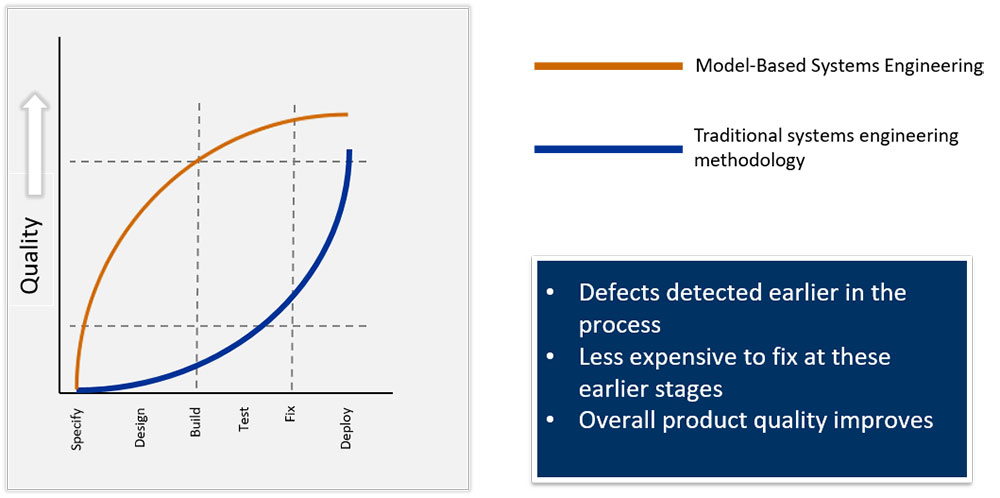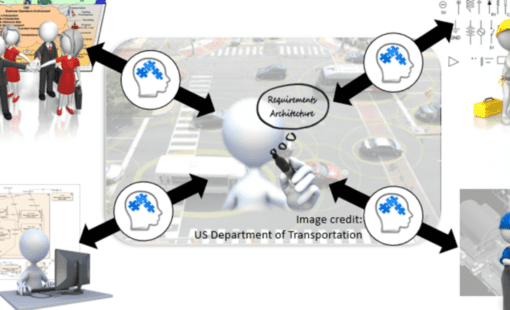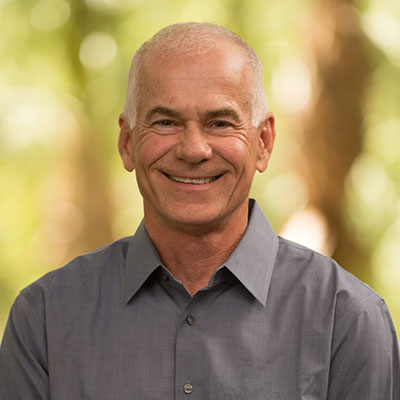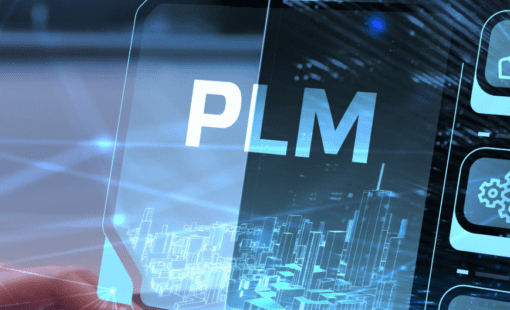
We broke new ground for many attendees by opening our Zuken Innovation World Americas 2018 conference with a keynote on Model-Based Systems Engineering (MBSE). We were fortunate to have an expert in the field speak: Enrique Krajmalnik, CTO of No Magic, an industry leader in MBSE.
Systems Engineering has been aroun d for a while, but the practice of model-based systems engineering is gaining adoption in many business sectors. Some engineering teams are practicing MBSE, while others are moving more slowly toward adoption. With this in mind, Enrique offered his perspective on how the field has developed to the current day, and hinted at how he saw the future. Let me share some of my takeaways with you.
1. “Systems engineering is the voice of the customer”
I was surprised by one of Enrique’s opening comments – “Systems Engineering is the voice of the customer”. We often hear that product marketing is the voice of the customer, but as I delve deeper into the system model construction, I get it. The requirements, structure and behavior defined in the model are the first representation of the new product. The first interpretation of the customer’s needs as an engineering representation is done by the systems engineers. That is notable.
2. Complexity is driving the transition to MBSE
According to Enrique, those same systems engineers are using documents to define products/systems of growing complexity. It is recognized that this growing complexity, coupled with the documents approach, is creating serious defects early in the product lifecycle. So complexity is pushing us to transition from document-based design to a model-based design process. MBSE is supported by standards and offers graphical modeling, analysis, verification and validation. This is all based on the SysML language. Another good take-away.
3. Models need to be integrated into an implementation process
As systems engineers and companies adopt MBSE practices, there is a need to integrate the models into an implementation process. Enrique pointed to two areas where active integration is taking place:
- PLM is extending the lifecycle to include system or product models. Using PLM makes the information available to multiple disciplines across the organization.
- Connecting the models to detailed design essentially creates the digital thread. The model is realized through decomposition into engineering disciplines (e.g. mechanical, electrical, electronic and software) and then the traditional engineering starts. Done right, the detailed designs are traceable back to the model and the model requirements. Requirement verification is an important element of the digital thread. MBSE is being integrated into the traditional tool chains.
Thanks to Enrique for joining us at Zuken Innovation World Americas 2018 and delivering a thought-provoking keynote.

Just in case you were wondering, Zuken is actively working on MBSE integration with our electronic and electrical product families. More to come.
- The UK is the final destination for our European Zuken Innovation World conferences. Tickets are going fast for ZIW UK 2018 to be held at the MTC in Coventry on 19 September. Register now for free!
Related Content

- Press Release
Model-based systems engineering adds a vital element to Zuken’s Digital Engineering Strategy — Following the acquisition of the US based MBSE specialist Vitech Corporation and the formation of Zuken Vitech in 2019, Zuken has now officially added Zuken Vitech’s GENESYS MBSE 2.0 technology into its European sales and service portfolio.

- Products
GENESYS is an integrated model-based systems engineering software toolset that covers all four domains of systems engineering — requirements, behaviour, architecture, and verification and validation.

- Products

- Blog
Mission complexity is growing faster than our ability to handle it. As traditional methods are coming under pressure, the evolution of model-based systems engineering promises help. David Long, President of the systems engineering company Vitech, explains how.





